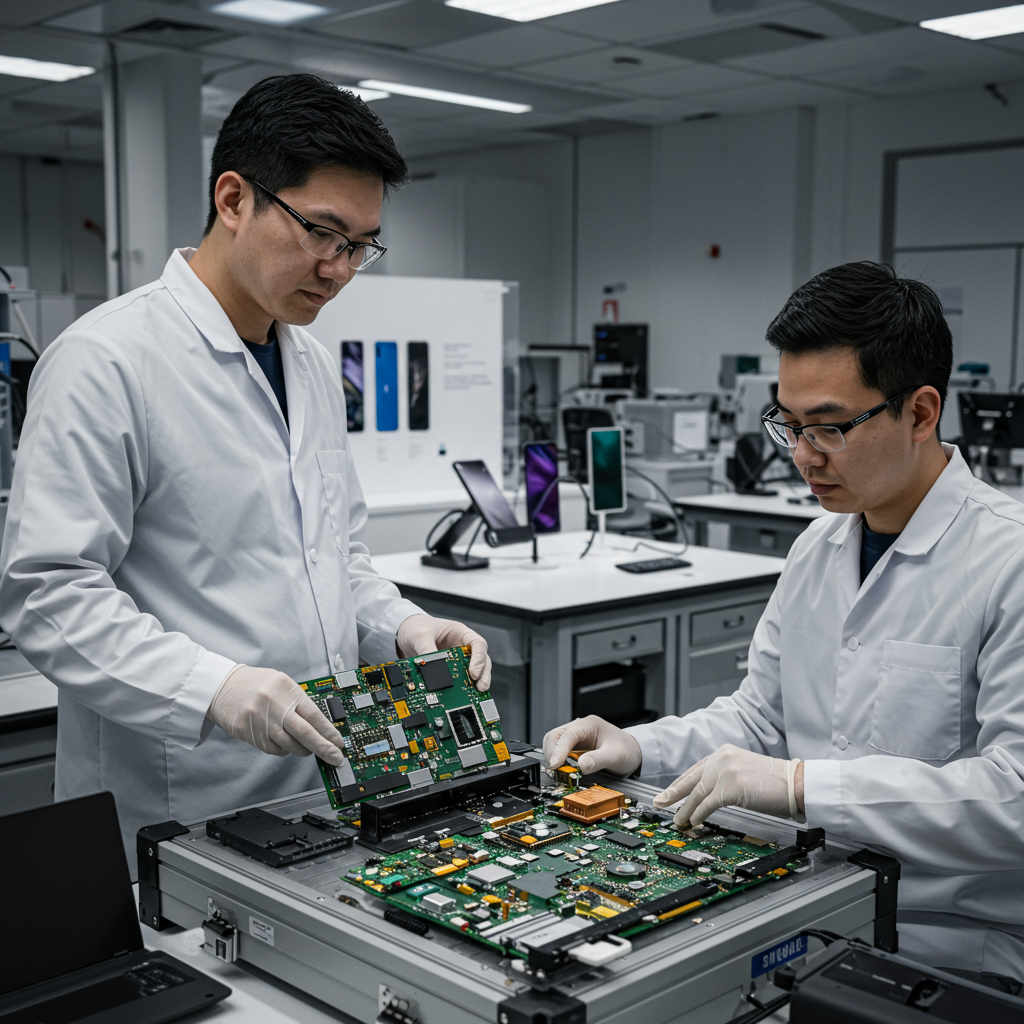While Samsung constantly rolls out impressive new devices like the upcoming Galaxy S25 series and innovative Bespoke AI products, one area where consumers haven’t seen revolutionary leaps lately is battery technology. Many users yearn for significant improvements in how long their devices last on a single charge.
The good news? Samsung is indeed hard at work behind the scenes, actively developing and testing what are rumored to be “lots of battery technologies” in their labs. The not-so-good news? Progress appears to be intentionally slow and painstakingly careful.
Why Samsung is Taking the “Longer and Safer Road”
Sources suggest Samsung’s primary goals are clear: developing batteries that offer genuinely longer life while prioritizing paramount safety. This intense focus on safety is understandable, especially given the historical battery issues the company has faced, most notably the challenging Galaxy Note 7 situation. Samsung is determined to avoid any repeat of such a disaster, making caution a non-negotiable priority.
This cautious approach means Samsung won’t rush any new battery technology to market until they are completely satisfied with extensive long-term testing results.
The Technical Hurdles: The Case of Silicon Carbon
One promising technology reportedly under consideration is the silicon carbon battery. This is essentially an evolution of the standard lithium-ion battery, replacing the traditional graphite anode with a silicon-carbon composite. The key benefit is higher energy density, allowing more capacity to be packed into a smaller space – ideal for slim smartphones.
However, silicon carbon also presents significant challenges. The silicon carbon anode tends to expand in volume during recharge cycles. Over time, this expansion can lead to long-term durability issues, potentially degrading the battery faster than current technology.
This drawback clashes with Samsung’s increasing emphasis on product longevity. The company now offers extended software support for many devices, and batteries that degrade quickly would undermine this commitment to long-term usability and value.
Balancing Innovation with Real-World Use
Developing cutting-edge battery hardware is only part of the equation. Samsung also works to optimize battery performance and lifespan through software. Features akin to limiting charge levels, like the 80% cap seen on some devices, are rooted in the science of battery health. Charging to 100% puts batteries under higher voltage stress, causing more wear over time. Keeping the charge lower, even at 80%, significantly reduces this stress and can help prolong the battery’s overall lifespan. Samsung already incorporates intelligent adaptive charging features into its devices to manage this, balancing daily use needs with long-term health.
However, the complexity of integrating new battery tech and software isn’t always seamless, as occasionally seen with user reports of perceived slower charging speeds after software updates on existing devices.
Innovation Within a Complex Landscape
Samsung’s push for next-generation battery tech happens within a broader, challenging corporate environment. The company is navigating intense global competition, grappling with potential trade barriers, and reportedly facing internal pressures within critical divisions like their chip manufacturing arm, including concerns about workplace culture and retaining engineering talent. These wider dynamics could also subtly influence the pace and focus of innovation across the board, including in crucial areas like battery development.
The Cost of Getting It Right
Ultimately, while consumers might feel frustrated by the slow pace of battery innovation reaching their hands, Samsung’s measured, meticulous approach appears to be a deliberate strategy to ensure safety and long-term reliability. They are exploring advanced technologies and prioritizing thorough testing over rapid deployment. The cost of this prudence is slower visible progress, but the potential payoff is a future where Samsung devices boast not just longer-lasting batteries, but critically, safer ones.



